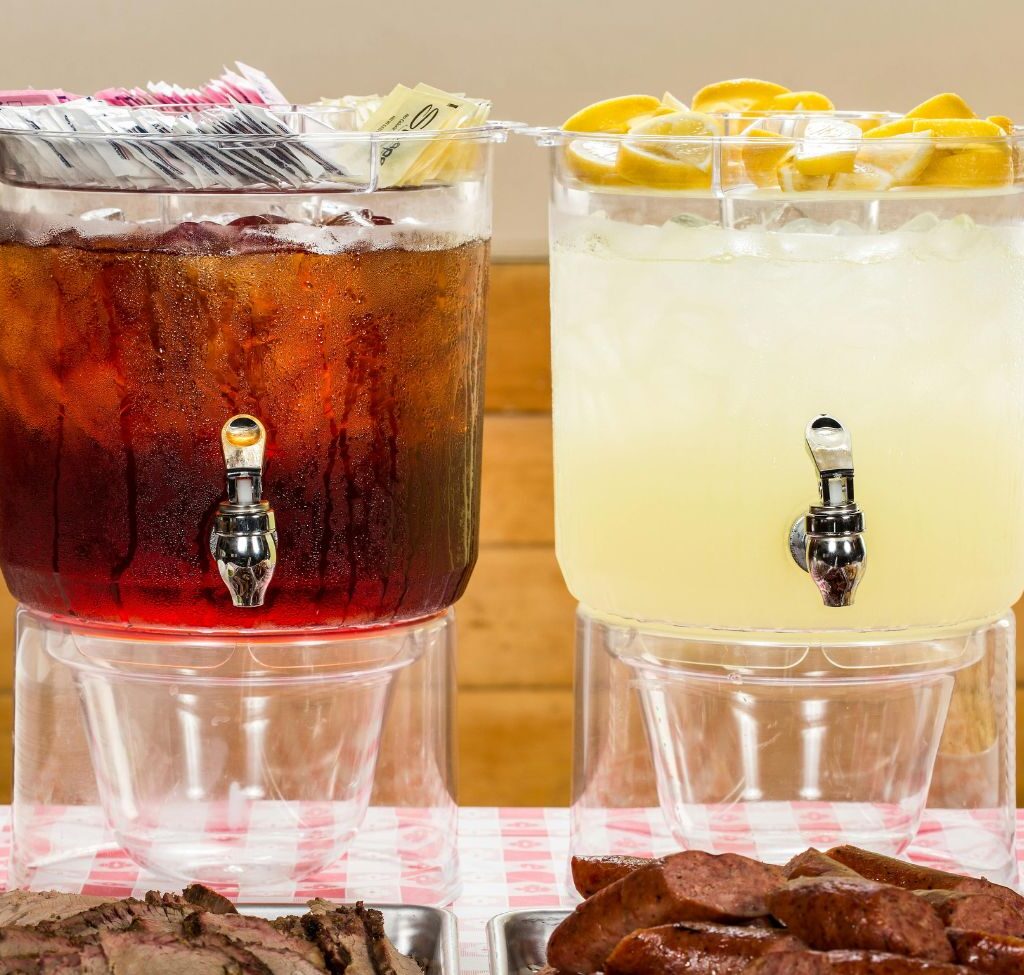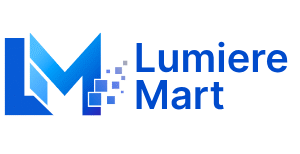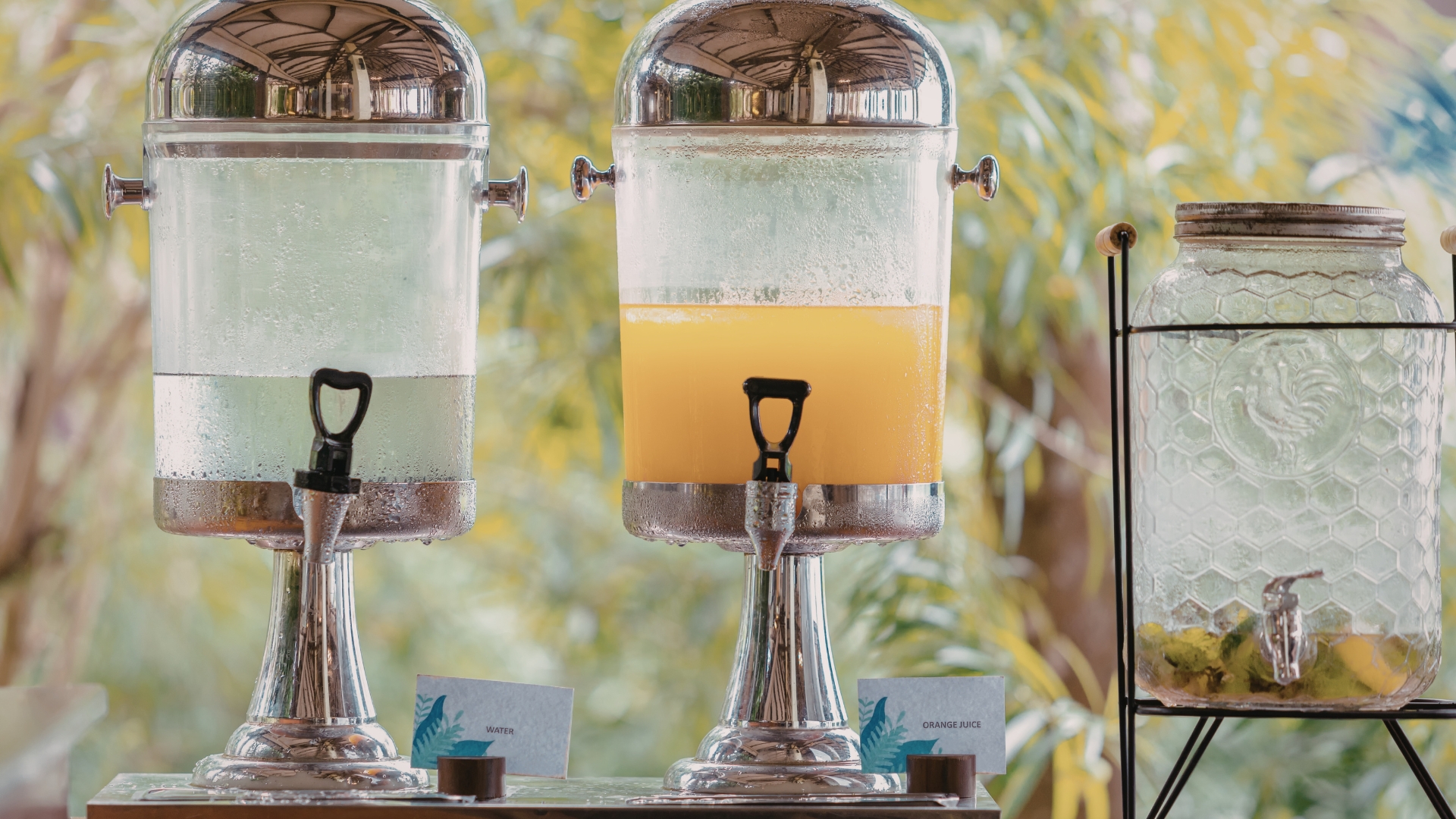An ice dispenser business provides essential equipment to other companies. Restaurants, hotels, and healthcare facilities need a steady supply of clean ice. Offices also represent a key market. Demand is driven by convenience. Trends show a move toward hygienic, touchless dispensers.
Market analysis shows steady, growing demand for ice machines. Foodservice, hospitality, and healthcare are the primary drivers. Studies point to energy-efficient models as a way to reduce operating costs. Certifications like NSF and ENERGY STAR signal quality. Owning a machine offers a strong return on investment compared to buying bagged ice. Proper maintenance is critical for safety.
Your path to a successful ice business starts today. You must master capacity planning for your clients. Prioritize water filtration. Develop strict cleaning schedules. Offer strong service plans. Explore growing niches like self-serve stations or healthcare nugget ice machines. Modern office micro-kitchens also need your expertise. Build your business plan now.
The Ice Dispenser Business Market
Demand for commercial ice dispensers is stable and growing. Foodservice, hospitality, and healthcare sectors drive this demand. Businesses need reliable ice production for beverages, food preservation, and patient care. Corporate offices and break rooms also represent a significant market segment. The focus on convenience and hygiene has increased the need for self-serve and touchless dispensers. These machines reduce contamination risks. They also improve the user experience.

Understanding Ice Machine Types
Choosing the right equipment is crucial. Different businesses need different types of ice. Your product offerings should match customer demands.
Commercial Ice Dispenser Varieties
You will encounter three main dispenser types. Hotel dispensers are common in hospitality for filling buckets. Countertop units suit smaller spaces like office break rooms. Large, freestanding dispensers serve high-volume environments like cafeterias and quick-service restaurants.
Key Ice Types
- Cube Ice: This is the most common type. It is versatile for drinks and general cooling. It melts slowly.
- Nugget Ice: Also called pellet or “Sonic” ice. It is soft and chewable. It cools drinks quickly and is popular in healthcare and beverage-focused restaurants.
- Flake Ice: This type consists of small, soft ice chips. It is ideal for food displays in grocery stores or seafood markets. It is also used in medical settings for packs and therapies.
Criteria for Selecting an Ice Dispenser
Guide your clients to choose the best machine for their needs. Several factors influence this decision.
Production Capacity and Storage
Capacity is measured in pounds of ice produced per 24 hours. A small office might need a unit producing 50-100 pounds. A busy restaurant could require a machine making over 500 pounds daily. The storage bin size is also important. It must hold enough ice to meet peak demand.
Footprint and Installation
Space is a premium in most commercial kitchens and offices. Measure the available area before recommending a unit. Consider ventilation requirements. Ice machines generate heat and need adequate airflow to operate efficiently. Access to a water line and a floor drain is also necessary for most models.
Filtration, Hygiene, and Durability
Water quality directly impacts ice quality and machine longevity. A good filtration system is essential. It removes sediment and chlorine. This improves taste and reduces scale buildup. Look for dispensers with antimicrobial coatings and sealed components to promote sanitary ice handling. Stainless steel construction offers the best durability.
Breaking Down the Operating Costs
Profitability depends on managing costs. You must understand the full financial picture of an ice dispenser.
Initial Purchase Price
The cost of a commercial ice dispenser varies widely. Small countertop models can start around $1,500. Large, high-capacity industrial units can exceed $10,000. Price depends on brand, capacity, and features.
Ongoing Expenses
- Energy: Ice machines use significant electricity. Look for models with an ENERGY STAR certification to ensure energy efficiency 1. This can save hundreds of dollars annually.
- Water: Water is a direct cost. Efficient machines use less water per pound of ice produced.
- Maintenance: Regular service and cleaning are vital. Budget for professional cleaning two to four times a year.
- Filters: Water filter cartridges need replacement every six months. The cost varies by model.
Calculating Return on Investment (ROI)
An ROI model helps clients see the value. Compare the cost of owning a machine to buying bagged ice.
Example:
A cafe buys 10 bags of ice daily at $3 per bag.
- Daily cost: 10 bags x $3 = $30
- Annual cost: $30 x 365 days = $10,950
A suitable ice machine costs $4,000. Annual operating costs (water, energy, maintenance) are $1,000.
- Total first-year cost: $4,000 + $1,000 = $5,000
- Savings in Year 1: $10,950 – $5,000 = $5,950
The machine pays for itself in under a year.
Leasing vs. Buying an Ice Machine
Offer clients flexible acquisition options. Leasing provides a lower upfront cost. It often includes maintenance and repairs in a fixed monthly payment. This is attractive for new businesses. Buying is a larger initial investment but offers lower long-term costs and ownership equity.
Maintenance and Cleaning Best Practices
Proper maintenance prevents breakdowns. It also ensures safe, clean ice. Contaminated ice can cause serious illness 2.
A Practical Cleaning Schedule
- Daily: Wipe down exterior surfaces. Check the ice scoop and holder for cleanliness.
- Weekly: Clean the storage bin. Empty the bin, scrub it with an approved cleaner, rinse, and sanitize.
- Monthly: Check and clean the air filter. A clogged filter restricts airflow and reduces efficiency.
- Semi-Annually: Replace the water filter cartridge. Schedule professional deep cleaning and descaling.
Health, Safety, and Compliance
The ice dispenser business is subject to health regulations. Adherence is non-negotiable.
Important Certifications and Codes
- NSF International: Look for equipment certified by NSF 3. This mark means the machine is designed and constructed for easy cleaning and food safety.
- ENERGY STAR: This EPA program identifies energy-efficient appliances. Promoting these models adds value for your customers.
- Local Health Codes: Each jurisdiction has rules for commercial ice machines. These govern installation, cleaning frequency, and handling procedures. Always follow local health department guidelines.
Sales Channels and Business Opportunities
Reach your target audience through multiple channels. A strong online presence with an SEO-optimized website is essential. Partner with restaurant suppliers and kitchen equipment dealers. Direct sales to hotels, hospitals, and corporate offices are also effective.
Opportunities exist in specialized niches. The demand for self-serve beverage stations in convenience stores is growing. Healthcare facilities require nugget ice for patient hydration. Modern offices are adding micro-kitchens with high-end appliances, including sophisticated ice dispensers.
Mitigating Business Risks
Every business has risks. In this industry, equipment failure is a major concern. Offer prompt repair services or a subscription plan that includes maintenance. Liability from contaminated ice is another risk. Emphasize and document cleaning protocols. Ensure you have adequate business insurance. Market competition can be stiff. Differentiate your business with superior customer service and expertise.
Startup Checklist for an Ice Dispenser Business
- Business Plan: Define your mission, target market, and financial projections.
- Legal Structure: Register your business as an LLC or corporation.
- Funding: Secure capital for inventory, vehicles, and tools.
- Supplier Accounts: Establish relationships with leading ice machine manufacturers.
- Inventory: Stock a range of popular dispenser models and ice types.
- Service Team: Hire and train technicians for installation and maintenance.
- Insurance: Obtain liability and commercial vehicle insurance.
- Marketing: Build a website and create sales materials.
- Compliance: Understand NSF standards and local health codes.
- Pricing: Develop clear pricing for sales, leasing, and service plans.
Conclusion
Success in the ice dispenser business hinges on a simple but powerful combination. You must master capacity planning and uphold impeccable hygiene standards. Helping a client choose a machine that meets their peak demand prevents operational bottlenecks. Guiding them with a strict, documented cleaning schedule protects their customers and their reputation. This dual focus—on precise output and unwavering cleanliness—is more than a service. It becomes your competitive moat, building trust and ensuring long-term partnerships in a market that never thaws.

